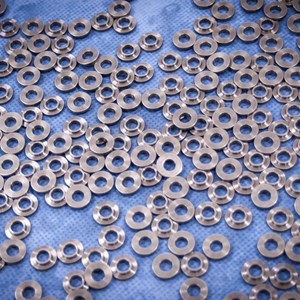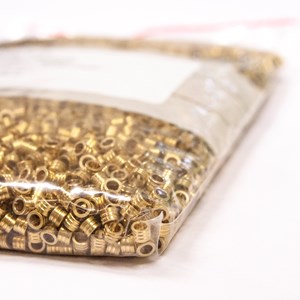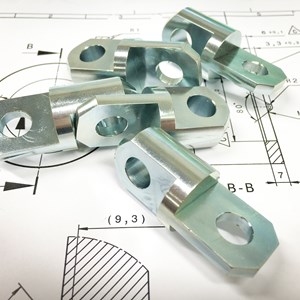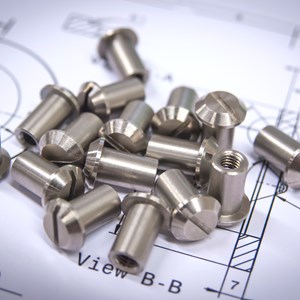MACHINING
Everything from simple to complicated machining. Cost-effective and where precision and demanding tolerance and surface requirements are specified.
There are a number of machining methods such as turning, drilling, milling, reaming and broaching. Nowadays it is possible to machine both small and large quantities with modern machines. CNC technology allows turning, milling and lateral drilling in a single set-up.
Multi-spindle lathes are suitable for large volumes. Machining is unbeatable when dealing with very simple parts in large volumes or highly complicated parts with dimensions that are not suitable for any type of casting technology.
QUICK FACTS
- Fast set-ups
- Low tool costs
- Small to large runs
- Complicated parts
PRODUKTIONSTEKNIKER
 Prototypes
Prototypes
Evaluate a future product or improve an existing one. Development through machining or 3D printing.
 METAL INJECTION MOULDING – MIM
METAL INJECTION MOULDING – MIM
Metal injection moulding, MIM, is very similar to the injection moulding of plastic parts. Extremely complicated shapes can be manufactured with high precision.
 Powder Metallurgy (PM)
Powder Metallurgy (PM)
A production technology in which a powder is compressed under high pressure in a closed tool to create the shape of the part.
 Investment casting (lost wax)
Investment casting (lost wax)
By using what is known as the lost wax process, products can be cast with very high precision.
 PRESSURE DIE CASTING
PRESSURE DIE CASTING
During pressure die casting molten metal is forced into a mould under pressure. A high degree of dimensional accuracy can be attained, which often results in less machining.
 SAND CASTING
SAND CASTING
Sand casting is a cost-effective process for small and medium-sized production runs where the precision and surface requirements are not crucial factors.
 MACHINING
MACHINING
Everything from simple to complicated machining. Cost-effective and where precision and demanding tolerance and surface requirements are specified.
 FORGING AND HOT FORGING
FORGING AND HOT FORGING
We often recommend forging or hot forging when the requirements for strength are high. When the conditions are right, it is possible to save money by switching from machining to forging/hot forging.
 Assembly
Assembly
Pre-assembled parts with integral components of varying kinds and materials. An all-in package at a fixed cost.






